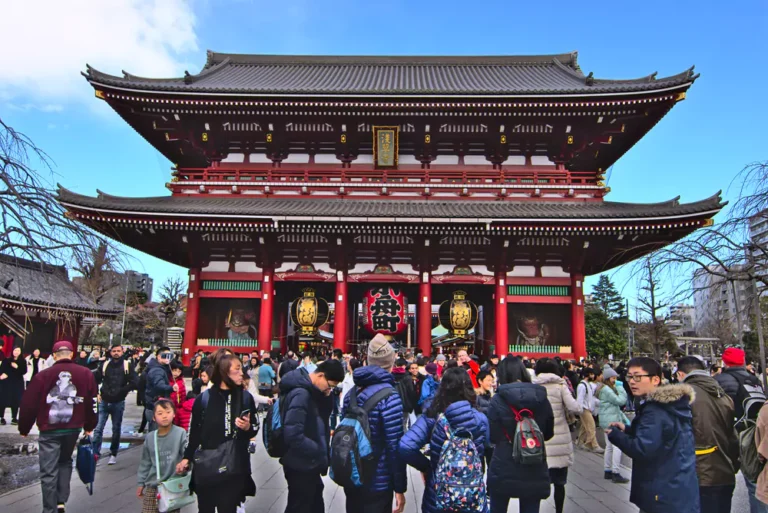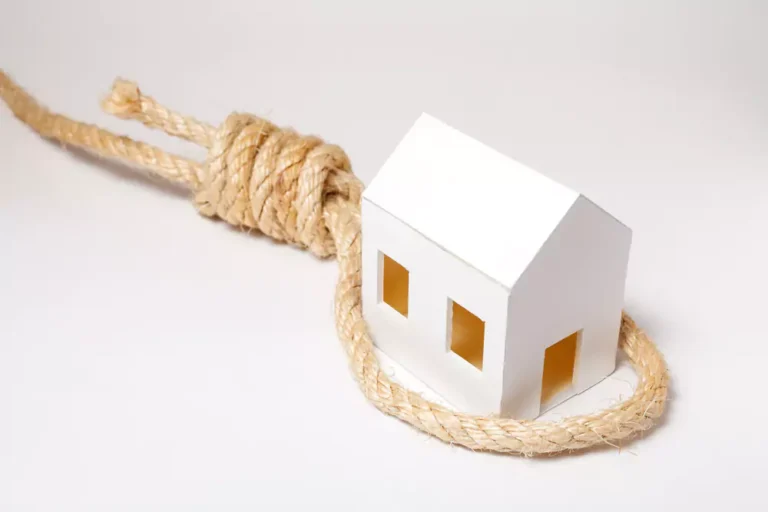Asians remain prudent in investing in European property markets, plus more updates

For PropertyGuru’s news roundup, Asian real estate investors remain active in European markets but are taking a cautious approach to analysing new opportunities. In other news, the controversial caps on international students will hurt the Australian property sector, especially developers of student accommodations. Lastly, those considering purchasing a home in Malaysia would do well to consider these three key points before choosing between a brand-new or an existing home.
Asian investors stay cautious in recovering European markets
Asian real estate investors remain active in European markets but are taking a cautious approach to analysing new opportunities.
However, Savills reports that there are signs that the market is recovering somewhat, sparked by initial interest rate cuts from the ECB and Bank of England, which may encourage greater levels of conviction from Asia Pacific investors.
Rising interest rates across continental Europe and the UK have pushed down real estate values across the board and made financing more challenging, leading to a significant drop in transactions: Savills data show that European real estate investment volumes more than halved year-on-year to EUR148 billion (USD165 billion) in 2023.
Australia’s capital concerns: Student caps leave developers in limbo
The country’s top provider of student accommodation, Scape, has called for greater certainty from the federal government over the implementation of controversial caps on international students amid the worsening housing crisis.
Speaking after the launch of a new AUD1 billion precinct in Sydney, the group’s chief executive Anouk Darling says that a lack of certainty was hurting the sector, which stood ready to work with universities to accommodate international students. The accommodation developer and fund manager highlighted industry concern over the imposition of the caps, which have aroused global investors, including private equity giant Blackstone, and specialist advisers like Cushman & Wakefield, due to their potential to hurt the Australian economy.
“No cap is a good cap. And quite frankly, international education is Australia’s largest services export, so I’m not sure why we’re looking at remediating it,” Ms Darling said on realcommercial.com.au. The prospect of caps could deter the top global institutions which are backing local projects.
“Capital goes where capital is welcome,” Ms Darling said, noting the inconsistency between plans to increase the supply of student accommodation and the lack of certainty about how this would be achieved. “We can help if there’s clarity, and also expedited planning processes so we can get buildings delivered rather than being blocked at local levels,” she said.
3 Key things new home buyers should know before choosing a new launch or a subsale in Malaysia
The prospect of owning your very first property is indeed exciting. But if everything about the Malaysian property market is new to you, it’s prudent to get your basics down first. The first thing to know is the available types of property.
There are three main options – primary market, secondary market, and auction market. For this round, let’s look at just the first two markets because the auction market comes with its share of complications, hidden costs, and risks.
The primary market (also known as under-construction properties or newly completed) refers to brand-new properties that you buy directly from developers, while the secondary market (also known as the subsale market) is where you purchase from existing homeowners. Whether you are buying a property on the primary or secondary market, each has its advantages and disadvantages.
According to the PropertyGuru Malaysia guide, there are three important considerations when choosing between the first two markets.
The Property Report editors wrote this article. For more information, email: [email protected].
Recommended
This duo is revolutionising textiles by blending traditional craft with cutting-edge design
Ausara Surface brings unconventionality and innovation to experimental textile collections
ARES White Paper Volume 3: The era of adaptive reinvention
Pioneering sustainable and innovative practices in urban development
ARES White Paper Volume 2: Unravelling the power of data revolution in real estate
Insights on proptech, smart cities, and sustainable development
ARES Digital White Paper Volume 1: The fundamentals of responsible building
Green and climate heroes join forces to discuss how Asia Pacific can weather the current environmental crises and the looming effects of climate change







